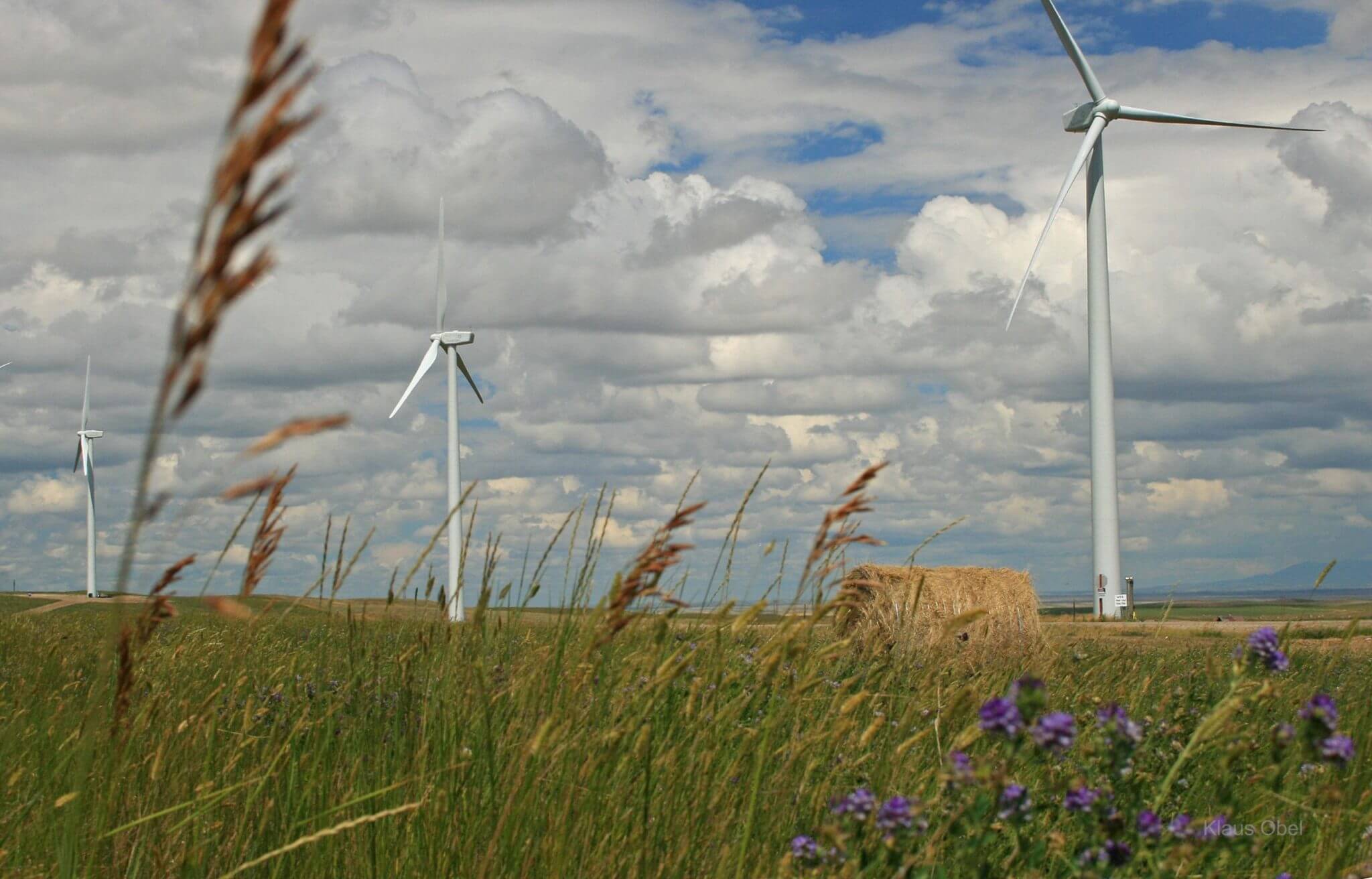World to markets: Invest now in climate solutions
Over the weekend global leaders agreed to change the course of our world by declaring the need to pivot to a clean, low-carbon future.
Monday’s headlines struggled to convey the magnitude of their call to action:
- Washington Post: Countries just adopted a historic climate change accord
- Los Angeles Times: Nearly 200 nations join together to fight climate change in historic Paris agreement
- New York Times: Climate deal is signal to industry: The era of carbon reduction is here
As the participants return home from Paris, those tasked with implementing America’s promise now have to figure out how to reduce carbon pollution while keeping rates low and the lights on for consumers.
There’s good news: Real-world evidence and independent research shows American wind power is the biggest, fastest, cheapest way we can accomplish all three.
Cutting carbon
Wind energy already reduces carbon pollution in nearly every state.

Diversifying our electricity mix with wind power now saves 26 million cars’ worth of carbon pollution, or 5.7 percent of all power sector emissions.
Independent research shows these numbers will grow rapidly as more wind energy comes online and replaces our largest emission sources.
For example, when wind generates 20 percent of all U.S. electricity, in 2030, it will reduce power sector emissions by a corresponding amount.
And more wind power is exactly what the Department of Energy (DOE) expects to see with long-term stable policy in place. The DOE reported in March that wind can be the leading source of U.S. electricity by mid-century.
Cutting costs
Most Americans don’t know, but wind energy is on sale. Advanced technology, U.S. manufacturing, and performance-based tax incentives have cut wind’s costs 66 percent in six years. Over 500 factories in 43 states build parts for wind turbines, helping make them so affordable by saving on overseas shipping.
Wind energy saves more than carbon; it saves consumers money.
During last year’s polar vortex weather event, natural gas prices spiked. Wind saved Mid-Atlantic and Midwest ratepayers over $1 billion in just two days.
The DOE says where we put large amounts of wind energy on the grid, electricity prices are 20 percent less sensitive to changes in natural gas prices.
Doubling wind power in the Mid-Atlantic and Great Lakes states could save consumers in those regions nearly $7 billion every year, independent researchers found.
Utility providers have recognized wind’s cash-saving benefit for a while now:
- “When viewed as a package, our wind and solar contracts are expected to save LES customer-owners approximately $429 million over the next 25 years.” – Kevin Wailes, administrator and CEO of Lincoln Electric System (LES)
- “Wind [is] one of the fuel choices that helps us manage congestion on the system and ultimately helps keep prices low for our customers and the end-use consumer.” – MISO, grid operator for the Midwestern United States
- “It is good news that we can rely on wind resources to provide energy at competitive prices.” – Kansas-based Westar Energy
Keeping the lights on
We already know that large amounts of wind can be a reliable part of our energy mix.
Iowa, Kansas and South Dakota generate over 20 percent of their electricity from the thin air. . Nine states rely on wind for at least 12 percent of their energy. At times, Texas wind turbines have generated over 40 percent of its electricity, while Colorado’s have passed 60 percent. Overall, wind currently creates enough energy to power 18 million American homes.

Diversifying our energy mix with affordable wind energy also improves overall reliability. In June, the National Renewable Energy Laboratory reported that wind and solar improve power system stability, while potentially reducing carbon emissions by at least 30 percent.
Likewise, wind provides states with the most flexible and ready-to-deploy solution for meeting the new Clean Power Plan to clean up the electric sector.
Switching from coal to natural gas cuts roughly half of the carbon pollution. But wind emits zero pollution. So switching to wind gives you more bang for the buck, while reducing the magnitude of change to the existing generation mix.
Building a better world
Creating a cleaner future clearly creates a stronger economy. Today, wind supports 73,000 jobs in all 50 states, and there is ample opportunity for growth. Reaching the DOE’s 2030 target would create 380,000 well-paying American jobs.
The Paris agreement underscores the need to change how we get our energy. Luckily, we already have an affordable, reliable technology to do so.
Want to learn more about how wind power can help the U.S. keep its carbon pollution reduction promise? Visit our “Top 10 ways wind energy is a reliable and affordable Clean Power Plan solution,” here: http://bit.ly/1MJ3TyG




